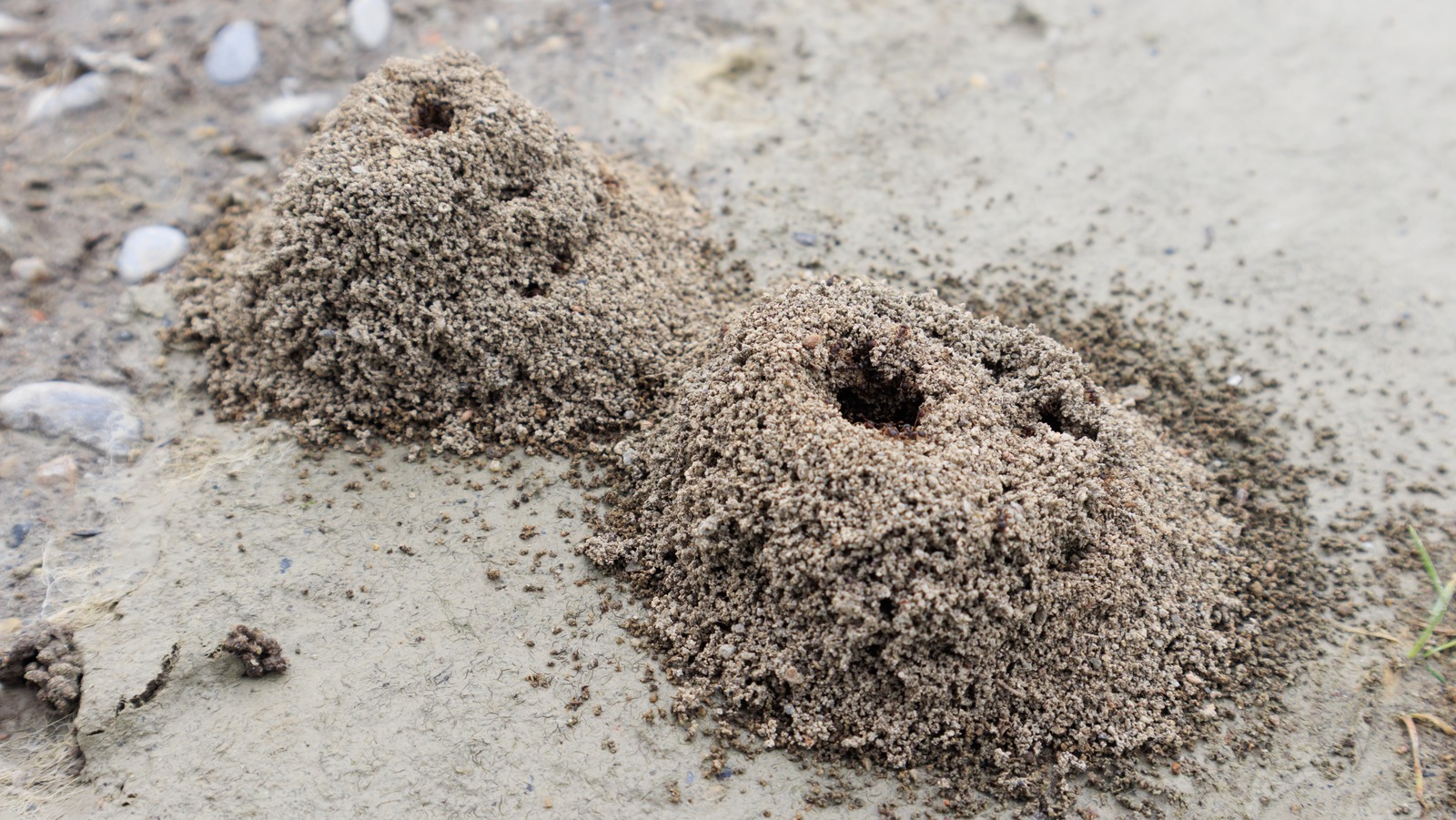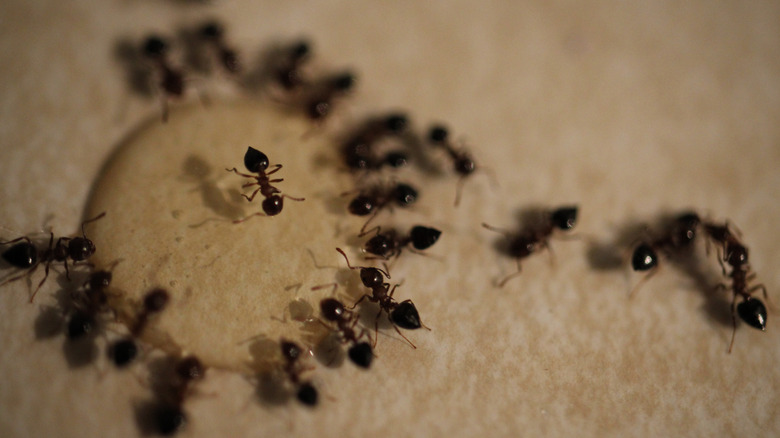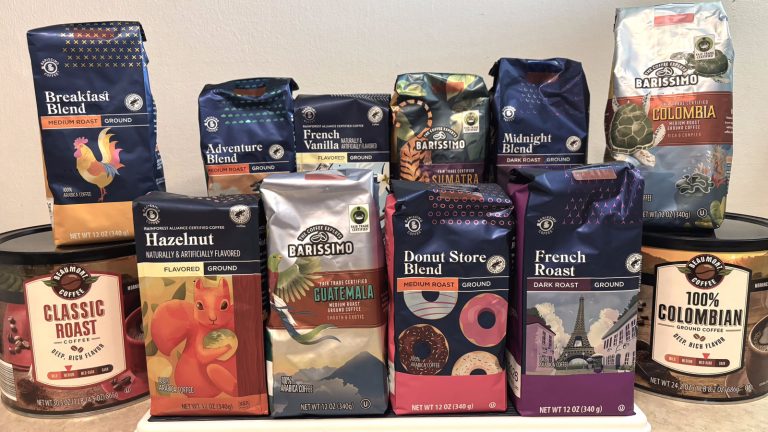So, your vegetable garden has been invaded by ants — and not just a few, but a whole colony that’s built a hill to live in. Ants can be a red flag in your garden, signaling that other insects are around too, and you don’t want that. You’d prefer not to just break out poisonous chemicals since you’re growing things to eat, after all, so what can you do?
One easy solution that’s often touted is to pour boiling water onto that ant hill. The good news is that it can and often will work, killing off any ants the hot water comes in contact with, but the bad news is that it’s not guaranteed to work. The procedure is simple — first boil water, then pour it onto the ant hill. The amount of water you’ll need is a bit subjective. Some say just a kettle or pot full is all that’s needed; others suggest using up to 3 gallons. You may want to be careful though, because although boiling water can kill off plenty of ants, it’ll also kill plants if they’re caught in the crossfire. For that reason alone, this method may not be ideal in all situations, particularly if an ant nest is very close to your plants. It’s estimated that this method is around 60% effective at wiping out a colony. The catch is that you’ll need to kill the queen — if not, she’ll just produce more ants. Ant hills can be a lot larger and deeper than they look from above, so it’s no guarantee that she’ll be in close reach of your freshly boiled water.
Other options you can try
If you try boiling water and the ants come back, there aren’t many home remedies on the table. You can try flooding them out with non-boiling water, but ants survive quite well in water, so it’s not ideal. Some other commonly recommended home remedies like vinegar, molasses, or baking soda are generally ineffective. Pepper can keep ants away but won’t actually eliminate the colony.
That means you may need to go for pesticide products if you want to kill those ants off smoothly. If you’re worried about having them near your garden, just make sure you’re buying a variety that’s marked as safe for garden use. For ant baits, these are products that have the active ingredients methoprene or spinosad; and for mound drenches (a liquid product), look for spinosad, permethrin, or carbaryl. Do not use an acephate drench. Ant bait is the simpler option: Just put it near ant trails and try not to put it right on your plants. However, it can take a few weeks to fully work. Some people may worry about the poison in the bait, but the amount is so minimal that it wouldn’t even hurt a toddler. (Of course, you should wash your vegetables just to be safe, even if you’re peeling them.) The drenches will be a faster solution to wiping out an ant hill, but they are a bit more annoying as you’ll need to spread them around the entire area where you believe the ant colony is.






